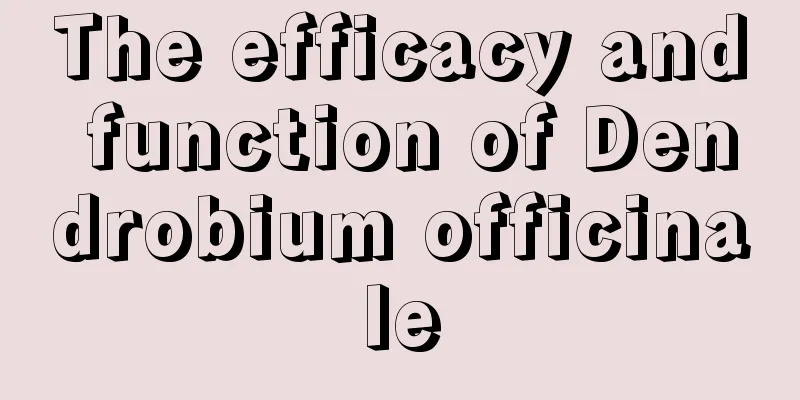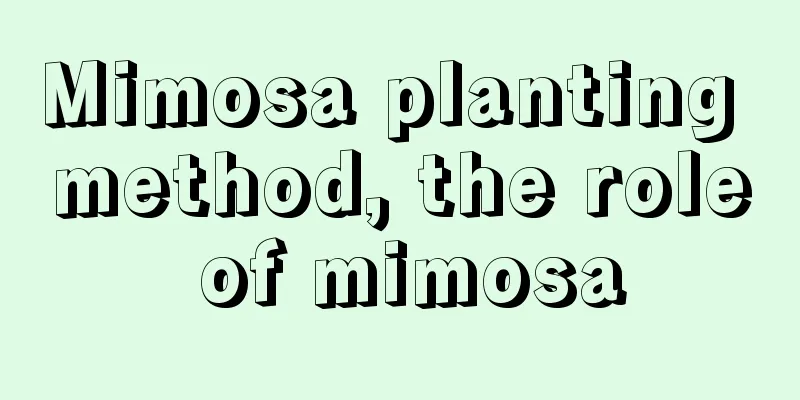What fertilizer is best for growing taro (what fertilizer is best for growing taro to get high yield)

|
There are two types of taro: water taro and dry taro. We grow dry taro here. Taro, ginger, potato, yam, etc. are all yam crops. The fruits of such crops are underground and are tubers, so they require well-drained, loose, deep, and organic-rich soil. They grow poorly in soil that is too sticky and are prone to producing deformed fruits, resulting in a decline in quality . All root and tuber crops generally have a special liking for potassium fertilizers , so people who grow taro, ginger, potatoes, sweet potatoes and other crops basically buy compound fertilizers or other potassium fertilizers with high potassium content. However, when using the same amount of potassium fertilizer or compound fertilizer on the same plot of land and under roughly the same management, some yields are high and some are low. Why is this happening? The problem of organic fertilizer dosageIn our place, the yield of taro is relatively high in the first year of planting in a field. If only chemical fertilizers are used without organic fertilizers, the yield will be lower every year and taro is more likely to occur. However, when sufficient amount of organic fertilizer is applied, the yield decline is not obvious and the disease is relatively reduced. Therefore, organic fertilizers are indispensable for growing taro, such as manure, green manure, etc., plus an appropriate amount of chemical fertilizers. Under careful management, the yield is generally between 3,000 and 4,000 catties, and high-yield plots can reach 5,000 catties. Why can organic fertilizer + chemical fertilizer make taro produce high yield?This is because organic fertilizer has a long-lasting effect and contains a variety of medium and trace elements, which allow the taro to eat well and continuously. As the saying goes, "Taro in Qingming and ginger in Grain Rain", the sowing period of taro is generally from mid-to-late March to early April, and it is harvested before the Descent of Frost, so its growing period is relatively long. During such a long growing period, relying solely on chemical fertilizers is far from enough to solve the problem of food, because the fertilizer effect of chemical fertilizers is relatively short, and the plant may starve for a certain period of time, which will affect its growth and lead to reduced production. The effect of organic fertilizer is slow and long-lasting, and it can be replenished when the taro is hungry. It can provide food continuously and will not let the taro starve. It will not affect the normal growth of the taro, thereby increasing the yield. When we grow taro here, we usually plow the land deep in winter, dry the soil, and apply enough manure before plowing the land. Then, when we plant taro in the spring of the following year, we apply enough compound fertilizer or commercial organic fertilizer at one time . Then ridges are made and film is covered. Later, it can be decided whether to apply water-soluble fertilizer depending on the growth and development. Generally, no soil topdressing or soil cultivation is required. Do you apply fertilizer to taro? Do you cultivate the soil? Has the water on the taro leaves ever caused you any trouble? |
<<: Can corn be topped to increase yield (When is the best time to top and emasculate corn)
Recommend
Can the cuttings of the plant survive? How can the plant be propagated?
1. Can cuttings survive? Cutting is one of the ma...
Cultivation methods and precautions of Begonia
1. Soil Begonia prefers alkaline soil, and the pH...
Will succulents grow too tall in winter?
In winter, succulent plants are also prone to gro...
Planting technology and cultivation management of Polygonatum odoratum
Polygonatum odoratum is a perennial herb of the g...
Cultivation methods and precautions of Tiger Pilan
1. Breeding methods 1. Flower pot: A suitable flo...
Can the horse hoof gold be hydroponically cultivated?
Can Dichondra chinensis be hydroponically cultiva...
How to trim antler moss? Trimming methods and techniques
Antler moss trimming time Deer antler moss is a k...
What are the cultivation methods and precautions of Ixora
Cultivation method of Ixora Ixora belongs to the ...
The efficacy and function of Oxalis
Medicinal value of sorrel Sorrel looks gentle and...
Okra planting time and management methods
Okra , as a popular vegetable , not only has a un...
What to do if the leaves of azalea are dry
1. Adjust temperature and humidity 1. Reason: It ...
How to remove freckles with garlic
1. Freckle removal method 1. Peel and clean the g...
The flowers in the office are turning yellow and withering, and it’s all because of your little actions!
Pour the remaining tea directly into the flower p...
How to grow Teyulian in spring
1. Replace the flower pot The growth ability of t...
How often should I water the heartleaf vine?
1. Watering frequency Heart-leaf vine prefers a m...









